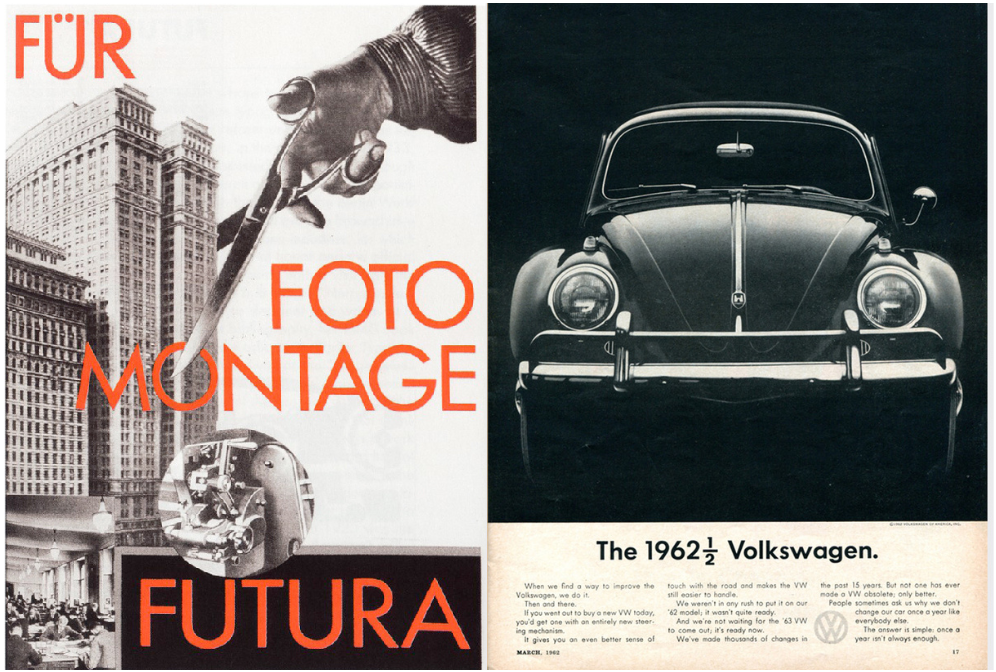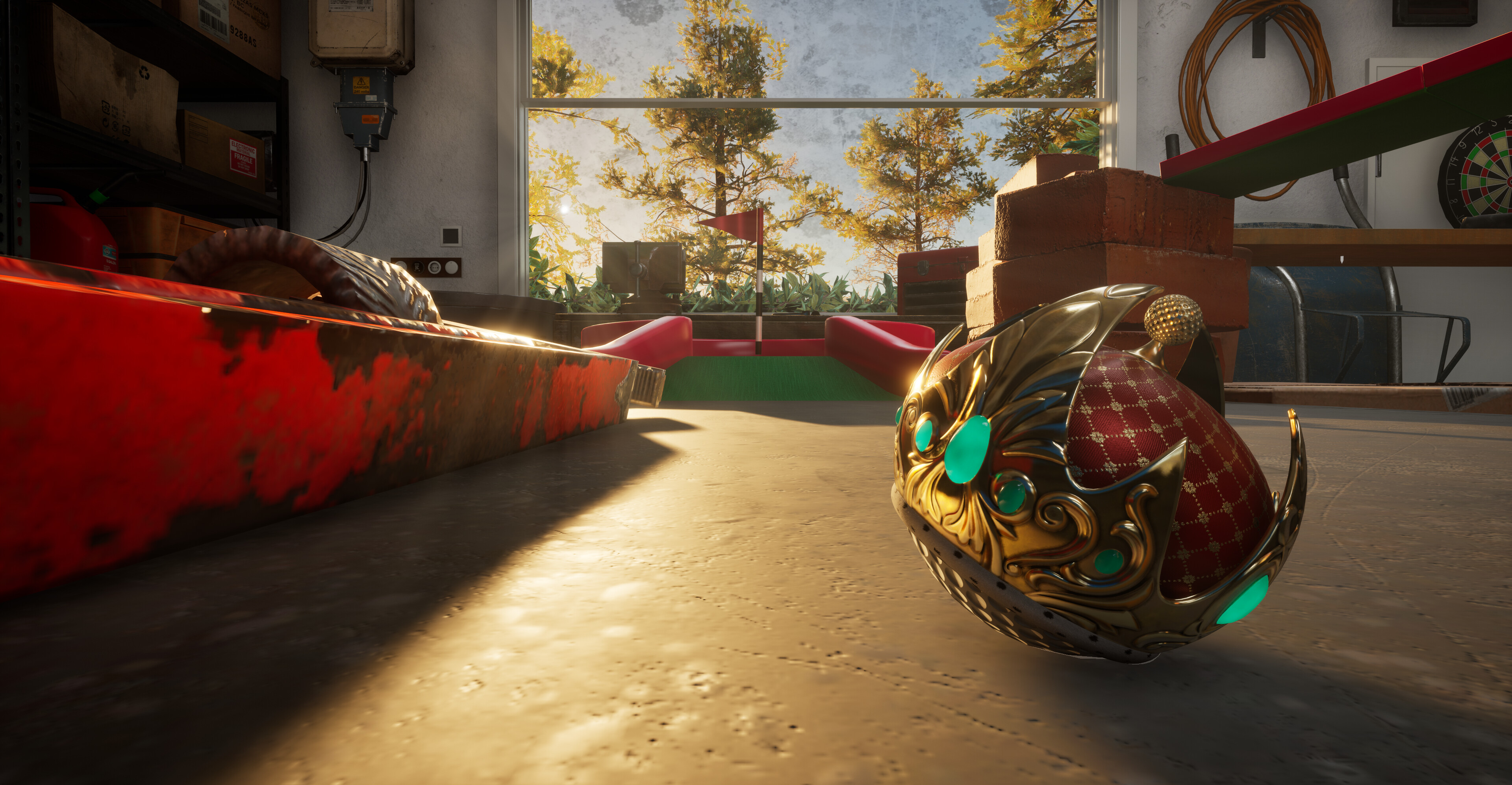
While the games made in Unreal Engine 5 that grab headlines are usually Triple-A titles with huge teams, those benefiting from the technology are just as likely to be smaller indies.
One of these is Liverpool's Starlight Games, a new studio formed by former Psygnosis developer Gary Nichols who brought in industry veterans, including director Nick Burcombe, the co-creator of WipEout, and design director and producer, Andy Santos, who co-created EA's Skate, to make House of Golf 2.
The team's first game, House of Golf 2 is out now for PlayStation 5, Xbox Series X/S, and PC (from Steam and Epic Games Store). A simulation of crazy golf as if you were to patchwork courses together in your home, House of Golf 2 is a fun and inventive couch-play party game that reminds me of classic retro game Micro Machines with a touch of Rocket League and, well… golf.
But don't be fooled by the simple premise, the team at Starlight Games has tapped into their experiences to create a game that somehow manages to draw influence from racing games, puzzlers and extreme sports, and Unreal Engine 5 is the technical glue holding it all together.
Unreal Engine 5 is good for indies
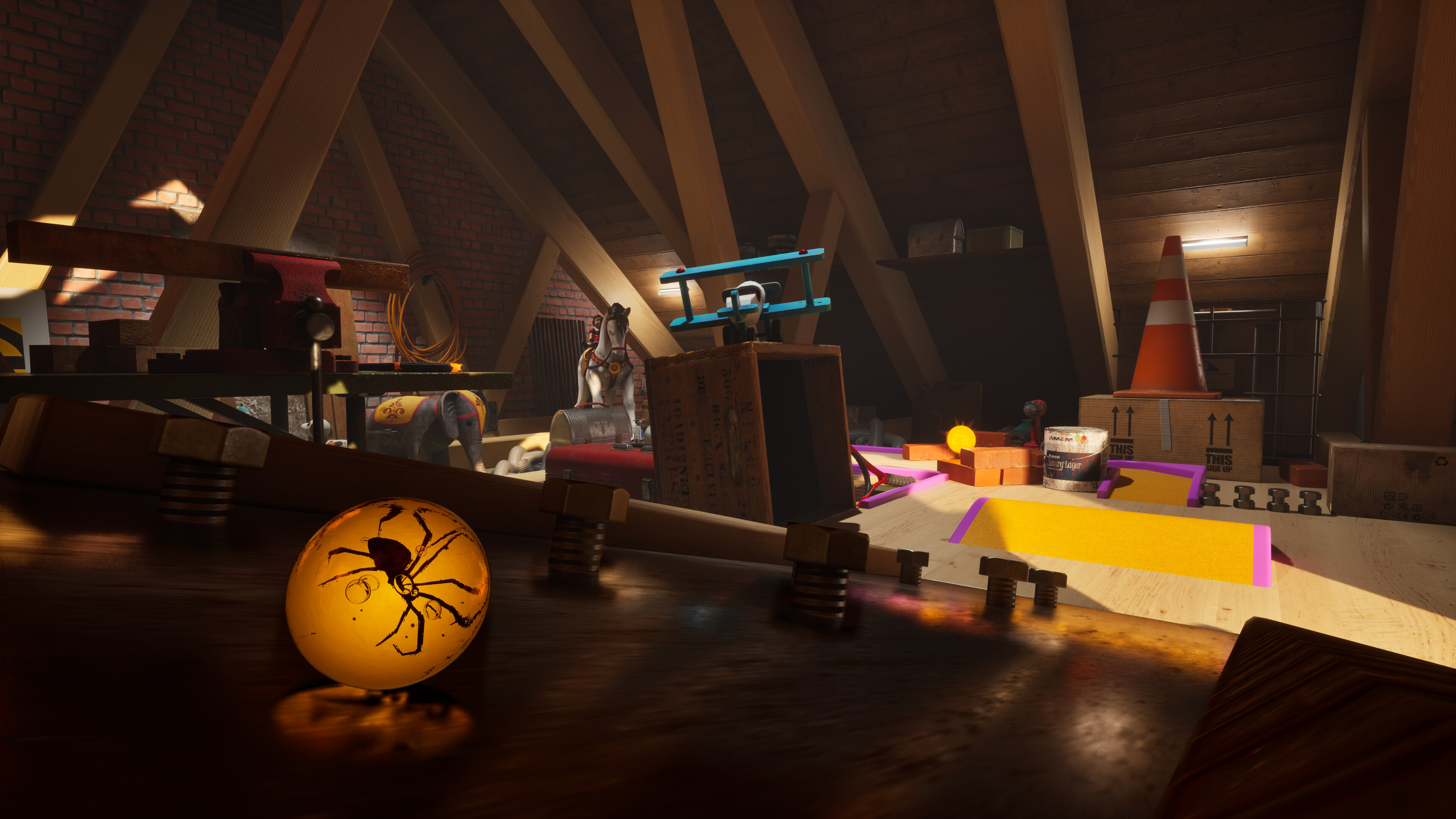
"Unreal Engine 5 is incredible… incredibly powerful. I've never seen anything like it before,” says the game's director Nick Burcombe as we sit down to chat. "It enables me to be playful and creative […] you're building in real time, testing in real time, it's lit in real time."
The advantage of UE5 for small teams is the speed and flexibility, shares Nick. It means the team can work faster but closer to create the game's levels, which all have hidden routes, secrets and trick shots to perfect. For Starlight Games it means the designers and artists can work closely in tandem.
“It helps the artist and the designer work a bit closer, which is pretty interesting as well," reflects senior artist Lottie.
Get the Creative Bloq Newsletter
Daily design news, reviews, how-tos and more, as picked by the editors.
"So, for example, the lighting wasn't working, so we could just flag it up really quickly and then obviously get it sorted with the designer watching as well," explains Lottie, before laughing and adding, "but obviously we have to have an art eye on it too".
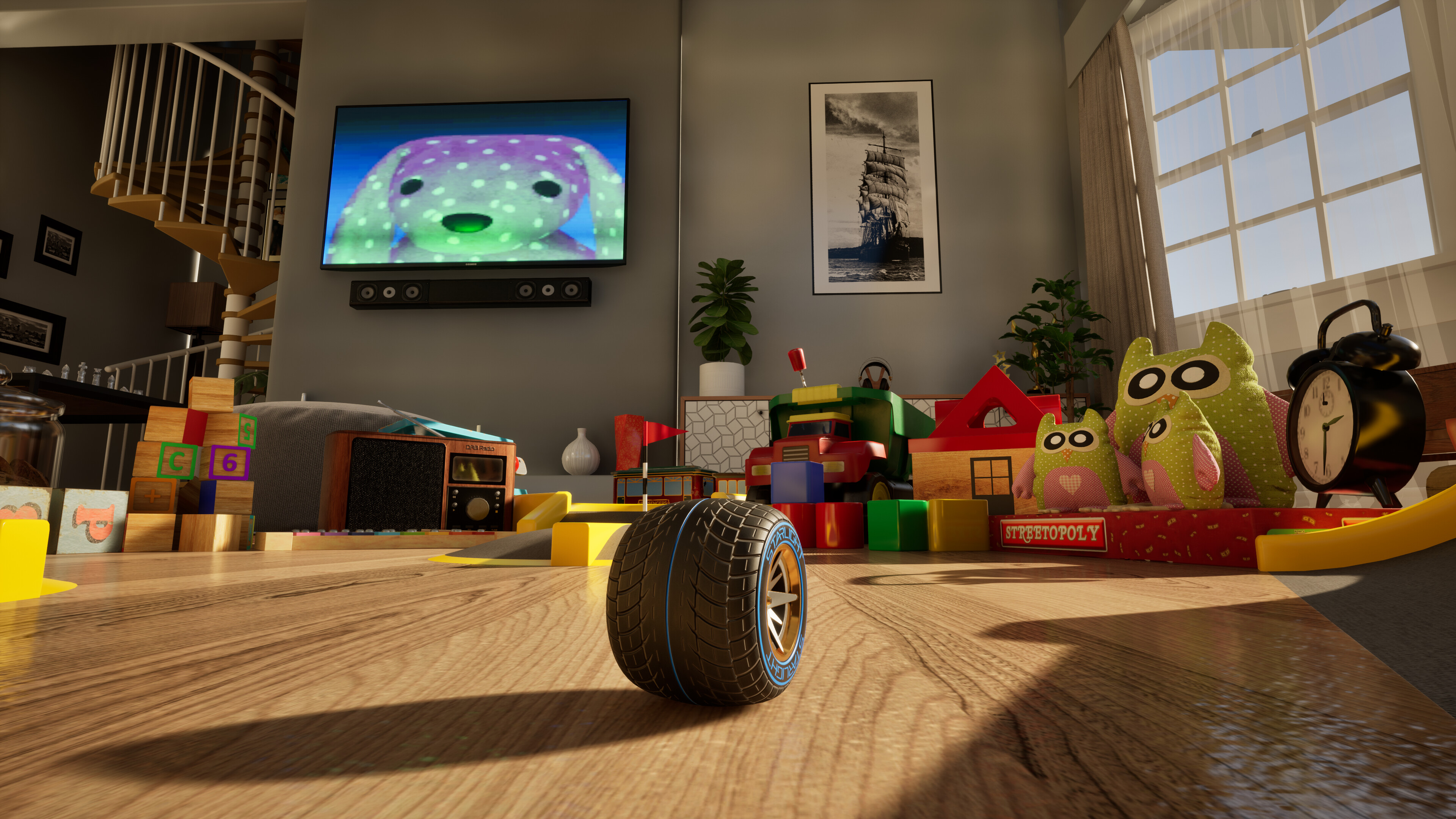
Nick has been in game development since the 90s, he reflects on how development has changed since the days of WipEout and Formula 1, saying "I remember the PS1 days… this technology has changed, it's suddenly taken another massive leap”.
Back in the 90s a development team would need to "write everything from scratch" to create the tracks for Sony's iconic futuristic racer, WipEout. "We had to write everything, including conversion tools for SoftImage to try and get it into this new piece of hardware [the PlayStation] and it required a different kind of genius for all those tasks… taking away a lot of that tech work is a godsend because we can concentrate on content.”
It means the small team at Starlight Games managed to create over 130 hand-crafted levels for House of Golf 2 as well as plan for post-release content, including challenges and updates for fans of the game.
“The fact we’ve created over 100 levels for a team this size is, frankly, ridiculous,” remarks Nick, who describes the process of using Unreal Engine 5 as being the symbiosis of creating and gaming, saying "From a designers perspective, I’m playing and creating the game at the same time".
The science of UI design
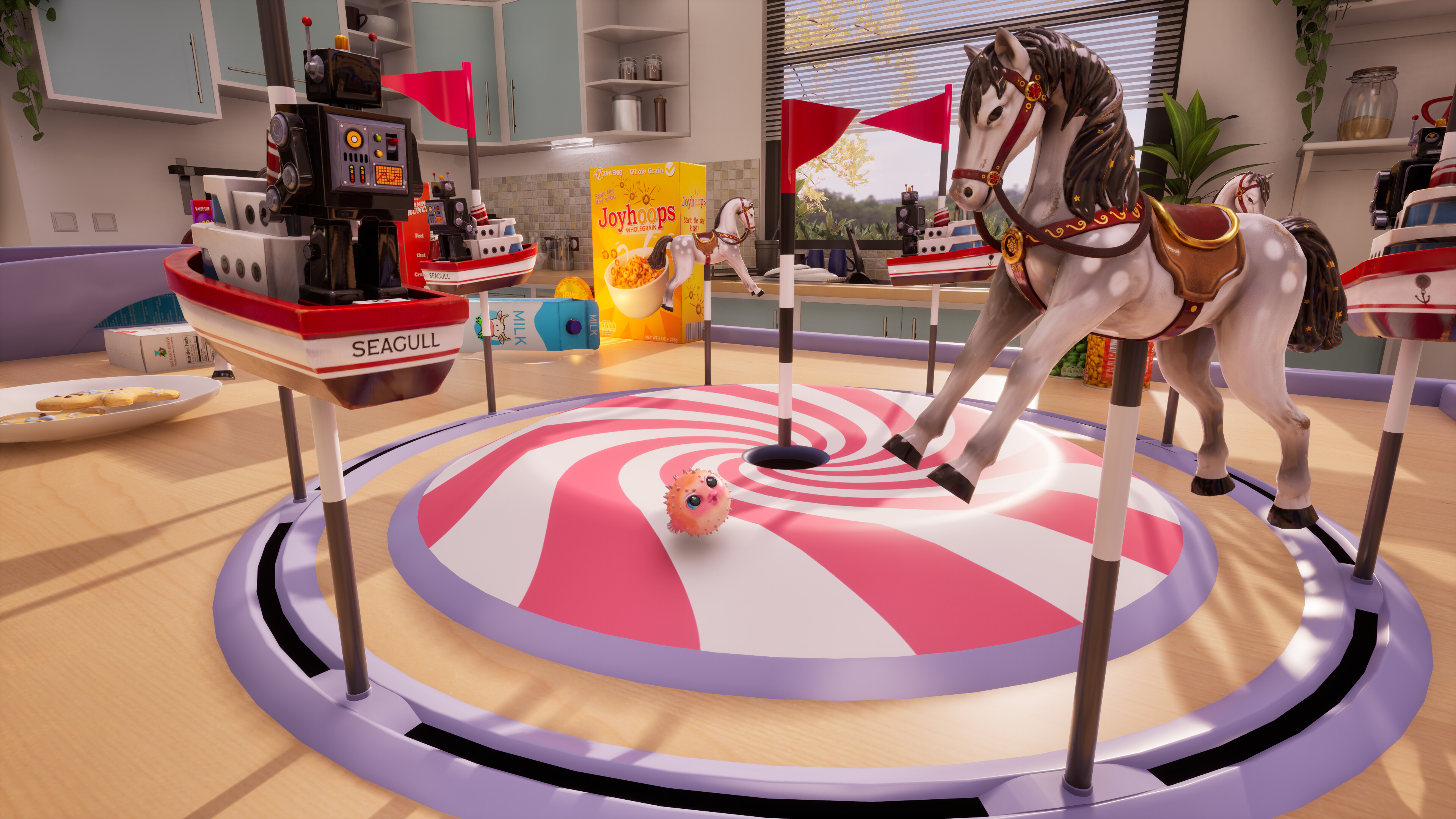
As the chat evolves it's interesting how the team is gelling and bringing together a number of approaches, and how being a small indie team means everyone has to chip in and have a say.
Lottie explains how she wanted the art direction of House of Golf 2 to be "more family oriented and then fun for kids to play as well as adults". It's a hard style to get right, especially in Unreal Engine 5 that is geared towards presenting photo realism over a stylised believability, but the game's colourful setting, its mix of DIY golf courses winding across bedrooms, dining tables and moonlit lofts, certainly feels unique.
The stylisation stretches into the game's UI design where Lottie highlights the choice of using flat colours for the menu layouts, "because when you come home from working and you're tired and put a game on, sometimes it's nice to have some fun.”
Andy Santos chips in and explains the "science" behind the colour choices in the game's UI, used to aid the idea House of Golf 2 will be a fun, accessible and relaxing time. “We use colours like blue because if there's a lot of red it makes your eyes tired," he explains. "Human eyes are predisposed to looking at things like the sky," so using blues activates the chemicals that tell your brain to relax.
Nick picks up on the UI focus and links it back to WipEout. Fans of the game, with its The Designers Republic idents, for a brash but uniform corporate style may fail to see the connection, but Nick explains: "[House of Golf 2 uses] simple shapes and patterns to make the whole thing much more usable, much more legible."
The game director offers a simple piece of advice for any game UI designers: "It's simple, make the UI reflect the design. It's got to kind of be sampled."
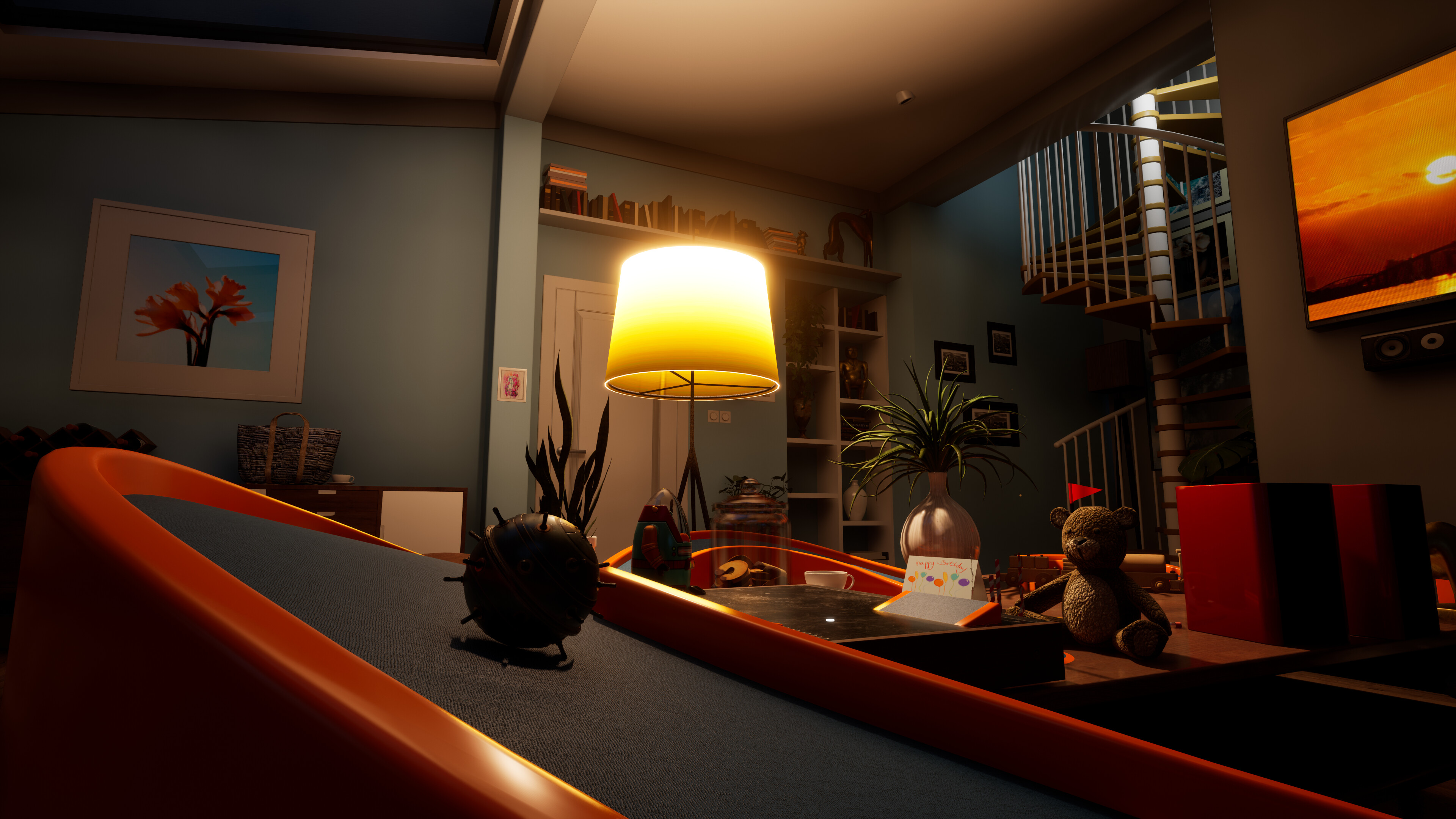
House of Golf 2 is a fun, weird and unique game with a wide mix of influences that shine the deeper you look, much of which come from the team's experiences, whether that's Andy adapting Skate's scoring system to crazy golf or Nick crafting golf courses that feel like race tracks, complete with shortcuts. It comes together in Unreal Engine 5, and meeting the team I sense using Epic Games' tools have really enabled that blend of ideas to gestate.
The result is a game that stands aside from the pack of shooters and open world marathons, the recently released Star Wars Outlaws. For a small indie team the current state of the games industry is a tricky one to navigate, says Nick, who tells me, "there's a lack of variety [in the industry]" and having inventive, fun smaller titles "breakthrough" can be rarer, "but you still have to make them to get the creativity out there, to get the variety out there".
He continues: "It's not going to get cheaper to make games. It's always going to keep getting more and more expensive, and therefore the risks are getting higher for everybody, and that's really complicated. That's a difficult thing for the industry to resolve."
Perhaps accessible game engines like Unreal Engine 5 are giving indies some hope, to enable smaller teams with unique creative visions a chance to get made.

Thank you for reading 5 articles this month* Join now for unlimited access
Enjoy your first month for just £1 / $1 / €1
*Read 5 free articles per month without a subscription

Join now for unlimited access
Try first month for just £1 / $1 / €1

Ian Dean is Editor, Digital Arts & 3D at Creative Bloq, and the former editor of many leading magazines. These titles included ImagineFX, 3D World and video game titles Play and Official PlayStation Magazine. Ian launched Xbox magazine X360 and edited PlayStation World. For Creative Bloq, Ian combines his experiences to bring the latest news on digital art, VFX and video games and tech, and in his spare time he doodles in Procreate, ArtRage, and Rebelle while finding time to play Xbox and PS5.
